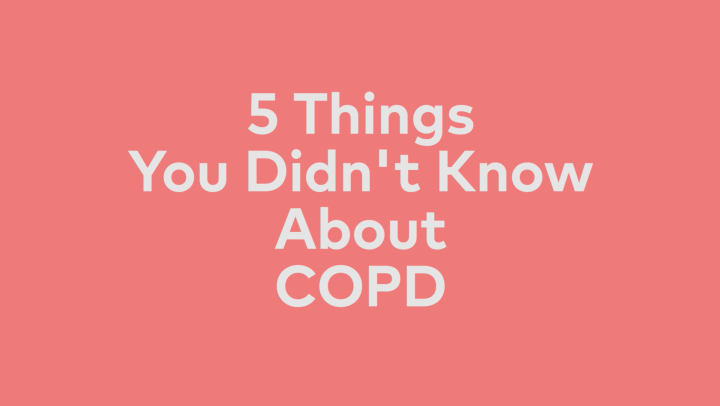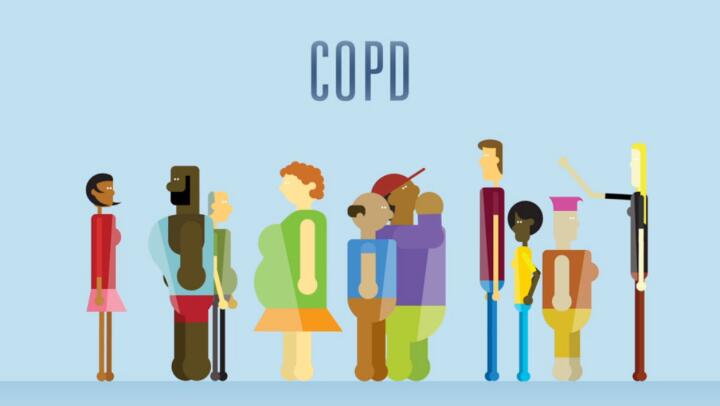
Pulmonary hypertension refers to high blood pressure (hypertension) in the arteries which bring oxygen-poor blood to the lungs to enrich the blood with oxygen. It develops when these arteries get stiff or narrow or they become blocked, and the right side of the heart must work harder to pump blood to the lungs. Untreated, this stress on the heart can cause heart failure. The disease is a rare, but serious and incurable condition that gets progressively worse over time. There are five types of pulmonary hypertension, categorized into groups 1, 2, 3, 4, and 5. Learn about these five groups and the treatments available to slow progression of the disease.
Five Pulmonary Hypertension Groups
The World Health Organization divides pulmonary hypertension into groups 1, 2, 3, 4, and 5 based on the cause and underlying conditions. These five pulmonary hypertension types include:
Group 1: Pulmonary arterial hypertension. This group is characterized by stiffening or narrowing of the small arteries in the lungs. This can be caused by a hereditary gene mutation, diet pills or illegal drugs, congenital heart disease, chronic liver disease, HIV, sickle cell disease, or connective tissue disorders. Pulmonary arterial hypertension (PAH) can also be idiopathic, meaning there’s no known cause. PAH is the least common type of pulmonary hypertension.
Group 2: Left-sided heart disease. Also known as pulmonary venous hypertension, this group includes heart diseases that affect the left side of the heart, such as left-sided valvular heart disease or left ventricle failure. Group 2 is associated with chronic high blood pressure and is the most common cause of pulmonary hypertension.
Group 3: Lung disease. Various lung problems are categorized into group 3. These include emphysema and other chronic obstructive pulmonary diseases (COPD), pulmonary fibrosis (scarring in the air sac tissues), and sleep apnea. Living at a high altitude may cause pulmonary hypertension in people who are already at a higher risk for the disease.
Group 4: Chronic blood clots. Chronic thromboembolic disease, or blood clots in the lungs, makes up group 4. Other blood clotting disorders are also included here.
Group 5: Other medical conditions. This group encompasses many other health issues that occur with pulmonary hypertension. These include metabolic, systemic, and blood disorders as well as kidney disease or tumors that put pressure on the pulmonary arteries.
Treatment Options by Pulmonary Hypertension Group
Before beginning treatment, it’s crucial that a person be diagnosed with the correct type of pulmonary hypertension. Knowing whether the person is dealing with pulmonary hypertension group 1, 2, 3, 4, or 5 will affect what treatment course to follow. Targeted treatments are available for groups 1 and 4. Because there are no targeted treatments for groups 2, 3, or 5, doctors recommend treating the underlying condition.
Group 1: Much of the drug development research has focused on pulmonary hypertension group 1. People with pulmonary arterial hypertension have many options for targeted drug therapies, but several tests should be completed before beginning any treatment. These tests will help determine which targeted treatment will be most effective.
Groups 2 and 3: There are no targeted treatments available for these groups. The focus for treating patients with pulmonary hypertension group 2 or 3 is to manage the underlying left-heart disease or lung condition. Supplemental oxygen, sleep apnea testing, and diuretic therapy may be useful.
Group 4: Surgery called pulmonary thromboendarterectomy (or sometimes called pulmonary endarterectomy) is recommended for patients who are good candidates for surgery. This procedure has the potential to cure the disease. Patients who cannot have surgery may use a treatment primarily for pulmonary arterial hypertension. People with pulmonary hypertension group 4 will need to be on blood thinners for life after they are diagnosed.
Group 5: There is limited research on treatments for people with pulmonary hypertension group 5 because it isn’t well understood how comorbidities are related to pulmonary hypertension. Treating any underlying conditions is typically the treatment course for these patients. Targeted therapies used for pulmonary arterial hypertension are not generally recommended, but each patient should be evaluated individually to determine the correct treatment course to follow.
Pulmonary hypertension is a progressive, incurable disease, and prognosis is often poor for all five groups, particularly group 2. However, available treatments can slow the progression of the disease. Most important is to catch the disease in its earliest stages to begin treatment right away.
Talk to your doctor if you are concerned about pulmonary hypertension, especially if you have other medical conditions that may contribute to the development of the disease, so you can be screened if necessary.
















